Nori Monkey AGP ELISA Kit
$508.00 – $916.00
This ELISA kit is for quantification of AGP in monkey. This is a quick ELISA assay that reduces time to 50% compared to the conventional method, and the entire assay only takes 3 hours. This assay employs the quantitative sandwich enzyme immunoassay technique and uses biotin-streptavidin chemistry to improve the performance of the assays. An antibody specific for AGP has been pre-coated onto a microplate. Standards and samples are pipetted into the wells and any AGP present is bound by the immobilized antibody. After washing away any unbound substances, a detection antibody specific for AGP is added to the wells. Following wash to remove any unbound antibody reagent, a detection reagent is added. After intensive wash a substrate solution is added to the wells and color develops in proportion to the amount of AGP bound in the initial step. The color development is stopped, and the intensity of the color is measured.
Alternative names for AGP: Alpha-1-acid glycoprotein (α1AGp, AGP or AAG), orosomucoid (ORM)
This product is for laboratory research use only not for diagnostic and therapeutic purposes or any other purposes.
- Description
- How Elisa Works
- Product Citation (0)
- Reviews (0)
Description
Nori Monkey AGP ELISA Kit Summary
Alternative names for AGP: Alpha-1-acid glycoprotein (α1AGp, AGP or AAG), orosomucoid (ORM)
Alternative name for monkey: Rhesus macaque, Cynomolgus macaque, Baboons,
| Assay Type | Solid Phase Sandwich ELISA |
| Format | 96-well Microplate or 96-Well Strip Microplate |
| Method of Detection | Colorimetric |
| Number of Targets Detected | 1 |
| Target Antigen Accession Number | G7PRL2 |
| Assay Length | 3 hours |
| Quantitative/Semiquantitative | Quantitative |
| Sample Type | Plasma, Serum, Cell Culture, Urine, Cell/Tissue Lysates, Synovial Fluid, BAL, |
| Recommended Sample Dilution (Plasma/Serum) | No dilution for sample <ULOQ; sufficient dilution for samples >ULOQ |
| Sensitivity | 600 pg/mL |
| Detection Range | 3.125-200 ng/mL |
| Specificity | Monkey AGP |
| Cross-Reactivity | < 0.5% cross-reactivity observed with available related molecules, < 50% cross-species reactivity observed with species tested. |
| Interference | No significant interference observed with available related molecules |
| Storage/Stability | 4 ºC for up to 6 months |
| Usage | For Laboratory Research Use Only. Not for diagnostic or therapeutic use. |
| Additional Notes | The kit allows for use in multiple experiments. |
Standard Curve
Kit Components
1. Pre-coated 96-well Microplate
2. Biotinylated Detection Antibody
3. Streptavidin-HRP Conjugate
4. Lyophilized Standards
5. TMB One-Step Substrate
6. Stop Solution
7. 20 x PBS
8. Assay Buffer
Other Materials Required but not Provided:
1. Microplate Reader capable of measuring absorption at 450 nm
2. Log-log graph paper or computer and software for ELISA data analysis
3. Precision pipettes (1-1000 µl)
4. Multi-channel pipettes (300 µl)
5. Distilled or deionized water
Protocol Outline
1. Prepare all reagents, samples and standards as instructed in the datasheet.
2. Add 100 µl of Standard or samples to each well and incubate 1 h at RT.
3. Add 100 µl of Working Detection Antibody to each well and incubate 1 h at RT.
4. Add 100 µl of Working Streptavidin-HRP to each well and incubate 20 min at RT.
5. Add 100 µl of Substrate to each well and incubate 5-30 min at RT.
6. Add 50 µl of Stop Solution to each well and read at 450 nm immediately.
Background:
Alpha-1-acid glycoprotein (α1AGp, AGP or AAG) or orosomucoid (ORM) is an acute phase (acute phase protein) plasma alpha-globulin glycoprotein and is modulated by two polymorphic genes. It is synthesized primarily in hepatocytes and has a normal plasma concentration between 0.6-1.2 mg/mL (1-3% plasma protein).[1] Plasma levels are affected by pregnancy, burns, certain drugs, and certain diseases, particularly HIV.[1] The only established function of ORM is to act as a carrier of basic and neutrally charged lipophilic compounds. In medicine, it is known as the primary carrier of basic (positively charged) drugs (whereas albumin carries acidic (negatively charged) and neutral drugs), steroids, and protease inhibitors.[1][2] Aging causes a small decrease in plasma albumin levels; if anything, there is a small increase in alpha-1-acid glycoprotein. The effect of these changes on drug protein binding and drug delivery, however, appear to be minimal. AGP shows a complex interaction with thyroid homeostasis: ORM in low concentrations was observed to stimulate the thyrotropin (TSH) receptor and intracellular accumulation of cyclic AMP. High AGP concentrations, however, inhibited TSH signaling.[3][4] Alpha-1-acid glycoprotein has been identified as one of four potentially useful circulating biomarkers for estimating the five-year risk of all-cause mortality (the other three are albumin, very low-density lipoprotein particle size, and citrate).[5] Orosomucoid increases in amount in obstructive jaundices while diminishes in hepatocellular jaundice and in intestinal infections.
References
- Colombo S, et al. (2006). Clin. Pharmacol. Ther. 80 (4): 307–18.
- Urien S, et al. (1991) Biochem. J. 280 (1): 277–80.
- Zimmermann-Belsing, T; et al. (2002) Molecular and Cellular Endocrinology. 188 (1–2): 241–51.
- Dietrich, J. Wet al. (2012) Journal of Thyroid Research. 2012: 351864.
- Fischer, Kettunen, Würtz; et al. (2014) PLoS Medicine. 11 (2): e1001606.
Be the first to review “Nori Monkey AGP ELISA Kit”
You must be logged in to post a review.
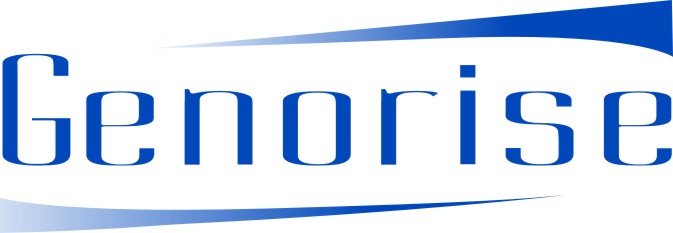

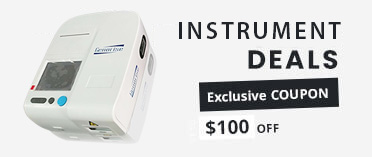
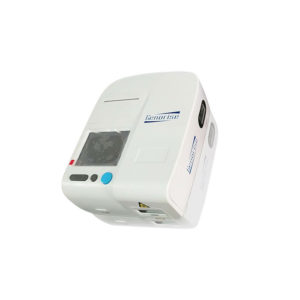
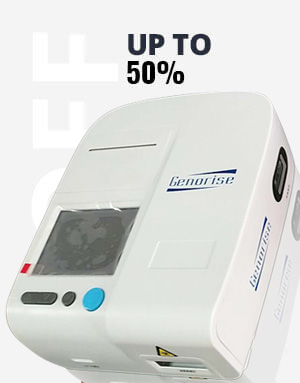


















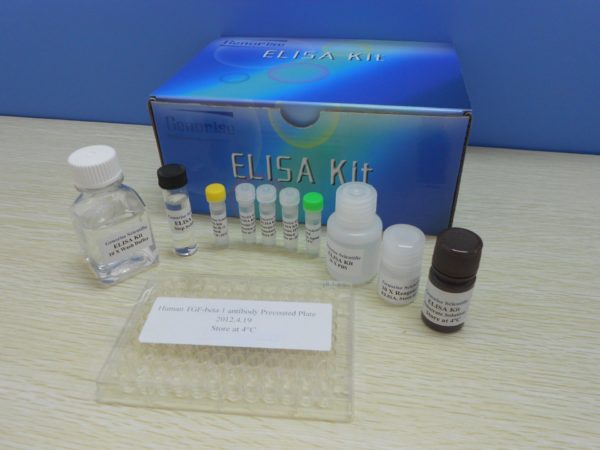
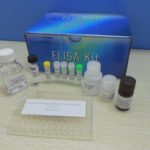
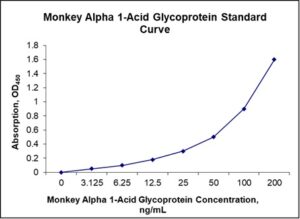
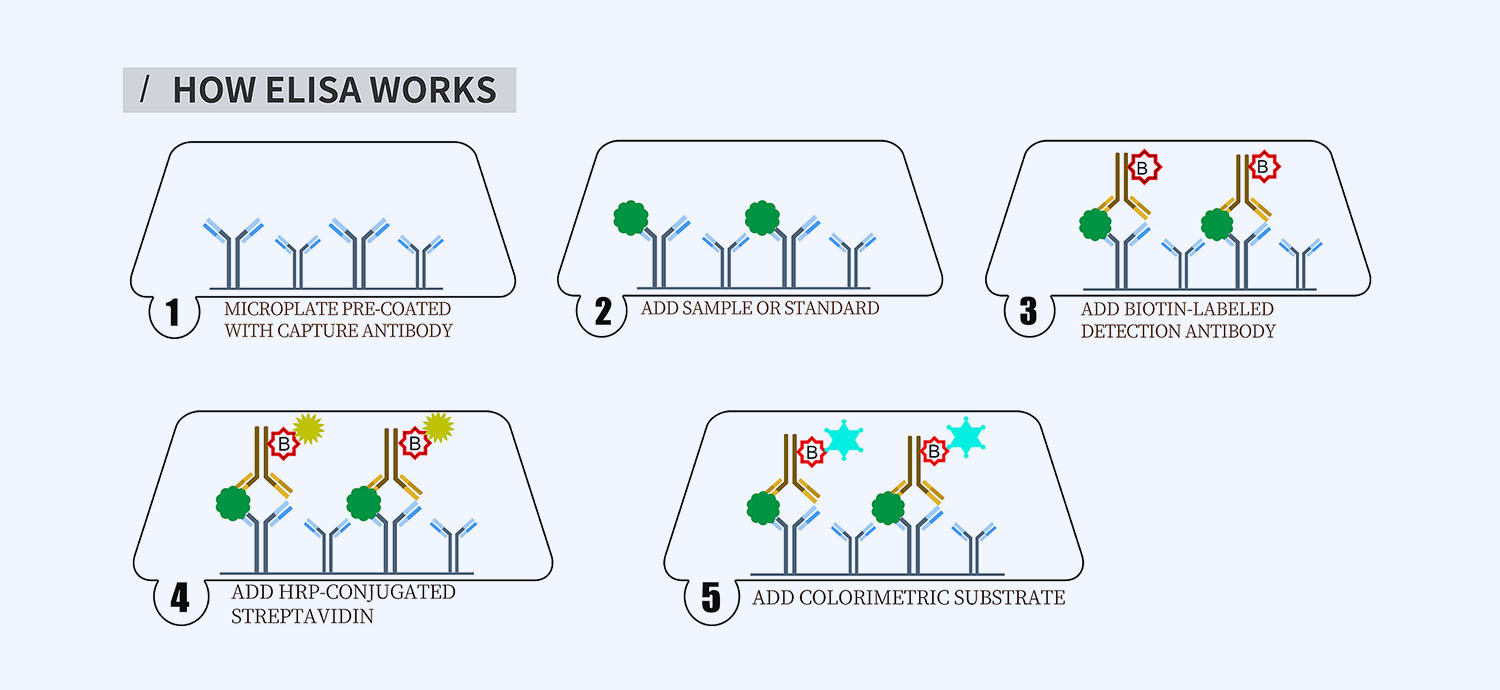
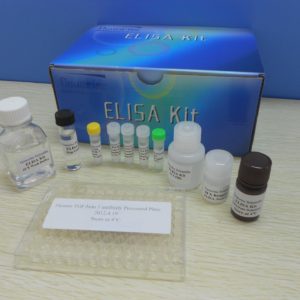
Reviews
There are no reviews yet.